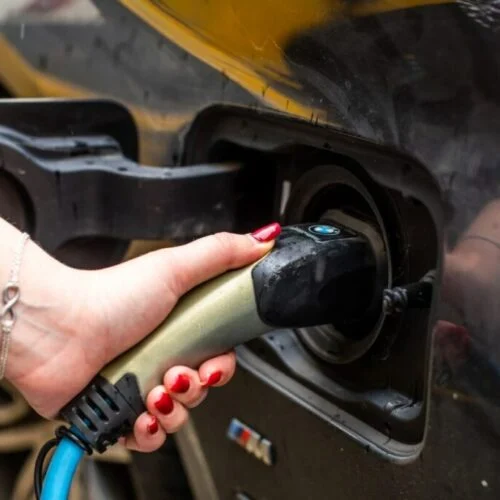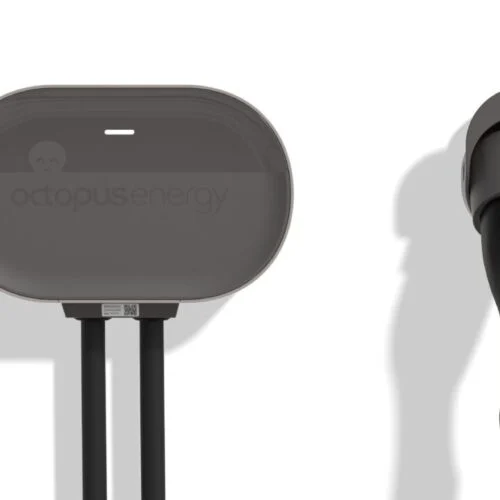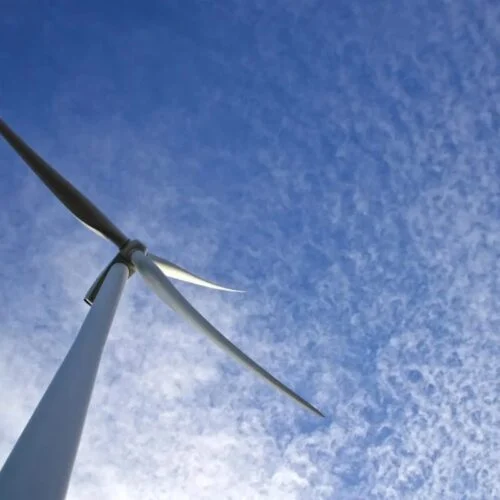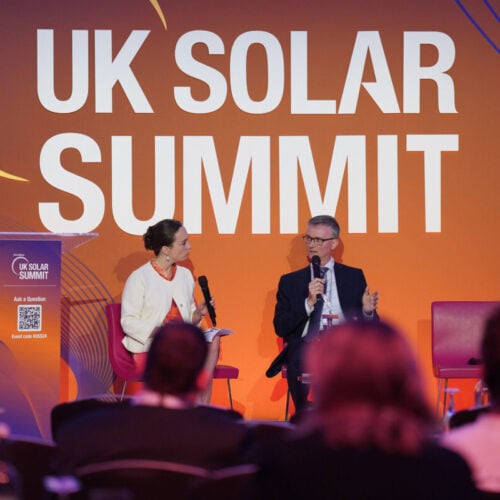Incoming US president Donald Trump, whose campaign ran on the slogan “drill, baby, drill”, has already reopened a quarrel with the UK’s offshore wind development in the North Sea and is unlikely to stop there.
Perhaps in anticipation of this, current American president Joe Biden has rushed through legislation banning offshore oil drilling across the entire Atlantic coast and eastern Gulf of Mexico, as well as the Pacific coast off California, Oregon and Washington, and a section of the Bering Sea off Alaska. A White House statement said the declaration protects more than 253 million hectares of water.
In a radio interview, Trump said he will reverse the ban “immediately”, stating “I have the right to unban it”.
Oil and gas industry in decline
In many ways, by denying the possibility of clean energy and doubling down on oil, Trump is tying himself to a sinking ship. In the North Sea, for example, oil reserves are nearing complete depletion.
A Reuters report shows that North Sea oil production has been in steady decline since the early 2000s. The basin reached a peak output of 4.4 million barrels of oil equivalent per day (boe/d) at the start of the millennium, dropped to 1 million boe/d in 2024 and is set to decline to 660,000 boe/d by 2029.
It is lucky, then, that it has become one of the world’s largest and fastest growing offshore wind basins. Figures released by the UK’s National Energy System Operator (NESO) show that in 2024, wind energy replaced gas as the largest single source of electricity for the nation.
Sticking with the old might fulfill the ‘again’ part of Trump’s promise to the American people but will mean America is left behind in the energy transition—one that will happen despite Trump’s belief that climate change is a “scam” and a “hoax”. In the name of greatness, the incoming president appears to be ready to ignore the outgoing administration’s commitment to reducing economy-wide greenhouse gas emissions by between 61% and 66% below 2005 levels by 2035, reaching net zero by 2050. In doing so, Trump will remove the US from the Paris climate agreement, as he did during his last presidency.
EVs, batteries and China
During his last presidential term, Trump focused his efforts on retaliating against Chinese semiconductor chip manufacturing subsidies, entering the US into a technological trade war with China—one that Biden has continued.
This time around, battery technology is likely to be caught in the crosswires. Tariffs on Chinese EV batteries have been enforced under Biden, but if Trump intends to escalate or even maintain these, he will have to maintain the current federal focus on domestic EV manufacturing or see China beat out the US in the global EV market.
Will Donald Trump support EVs?
In August, Trump himself admitted he has “no choice” but to support EVs after receiving endorsement and funding from Elon Musk, the owner of technology firm Tesla. That is despite Trump’s campaign trail vows that he would ease regulations on fossil fuel cars and roll back what he called Joe Biden’s EV mandate.
Yet, according to a document seen by Reuters, Trump’s transition team has recommended “sweeping changes” that would cut off support for EVs and charging stations, and strengthen measures blocking cars, components and battery materials from China
The transition team is an organisation legally separate from the presidential campaign that is tasked with personnel vetting, policy planning and management agendas to turn campaign promises into governing. This could suggest more stock can be placed in its plans than comments made during Trump’s campaign.
It also recommends imposing tariffs on battery materials globally in a bid to increase US production, before negotiating exemptions with its allies.
The team also calls for eliminating the Biden administration’s $7,500 (£6,080) tax credit for consumer EV purchases, departing further from the current strategy which has attempted to balance a domestic battery supply chain with a rapid EV transition. The new plans would redirect money that currently goes to charging stations as part of Biden’s $7.5 billion (£6.1 billion) plan to build charging stations into national defence—including China-free supplies of batteries.
The document said that while batteries, minerals and other EV component are “critical to defence production”, EVs themselves and charging stations are not.
Impact on the EV market
A focus on domestic production might benefit the EV industry in America, but removing consumer incentives to buy EVs threatens the transition, particularly if the rules against fossil fuel-powered vehicles are relaxed opening up the market to underselling.
In fact, although carmakers have been resistant to stringent rules that favour EVs, they have invested billions in the transition and now fear that changes under Trump would harm the industry.
Manufacturers including Toyota, Stellantis and Ford have pushed for current regulations in the US to be maintained.
Paul Clarke, founder and editor of the Green Car Guide, told Current±, “Trump’s potential impact on the global EV market is likely to be characterised primarily by Trump’s unpredictability. Which is exactly what the car industry doesn’t want”.
Comparing this to the current UK zero emission vehicle (ZEV) mandate clash, Clarke pointed out: “The ZEV mandate gives the automotive industry – and the charging sector – the one big thing that it needs: certainty – without certainty, investment can’t happen.”
Both Stellantis and Ford have decried the UK mandate despite pushing for the US equivalent to remain. Ford called the rules of the UK mandate “unworkable”, and Stellantis announced it is shutting one of its two UK manufacturing sites, a decision made “within the context of the UK’s ZEV Mandate”.
California could continue America’s EV push
As carmakers in the UK (and across Europe) slash vehicle prices to try to encourage consumer uptake and meet mandated sales quotas, a scheme similar to Biden’s tax credits could be the stimulus that the market needs.
“Less demand in the US could impact the economies of scale of manufacturing EVs, but it could also mean that the mainstream manufacturers instead focus on more EV-friendly markets such as the UK, giving consumers here more choice and potentially lower prices,” Clarke said.
Potentially, Trump’s posturing will remain just that. As it currently stands, California has led the US in EV uptake and has enforced stricter EV requirements than the White House set (ones that actually echo the UK’s ZEV mandate, aiming for 100% ZEVs by 2035).
Because California began implementing vehicle emissions standards (the Advanced Clean Cars standards) ahead of the White House, under section 177 of the US Clean Air Act, other states can choose to follow California’s standards or those set by the federal government (but cannot implement their own). Known as the section 177 states, 17 American states including New York, Delaware and Pennsylvania, have opted to adhere to some or all elements of the Californian standard.
In his previous term, Trump revoked waivers enabling some of California’s EV legislation and may well attempt the same, the second time around. However, as Clarke says, discouraging adoption in the US will see the American car industry fall behind the global EV transition further—and (optimistically speaking) the effect may not go much further than that.





